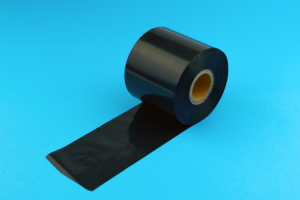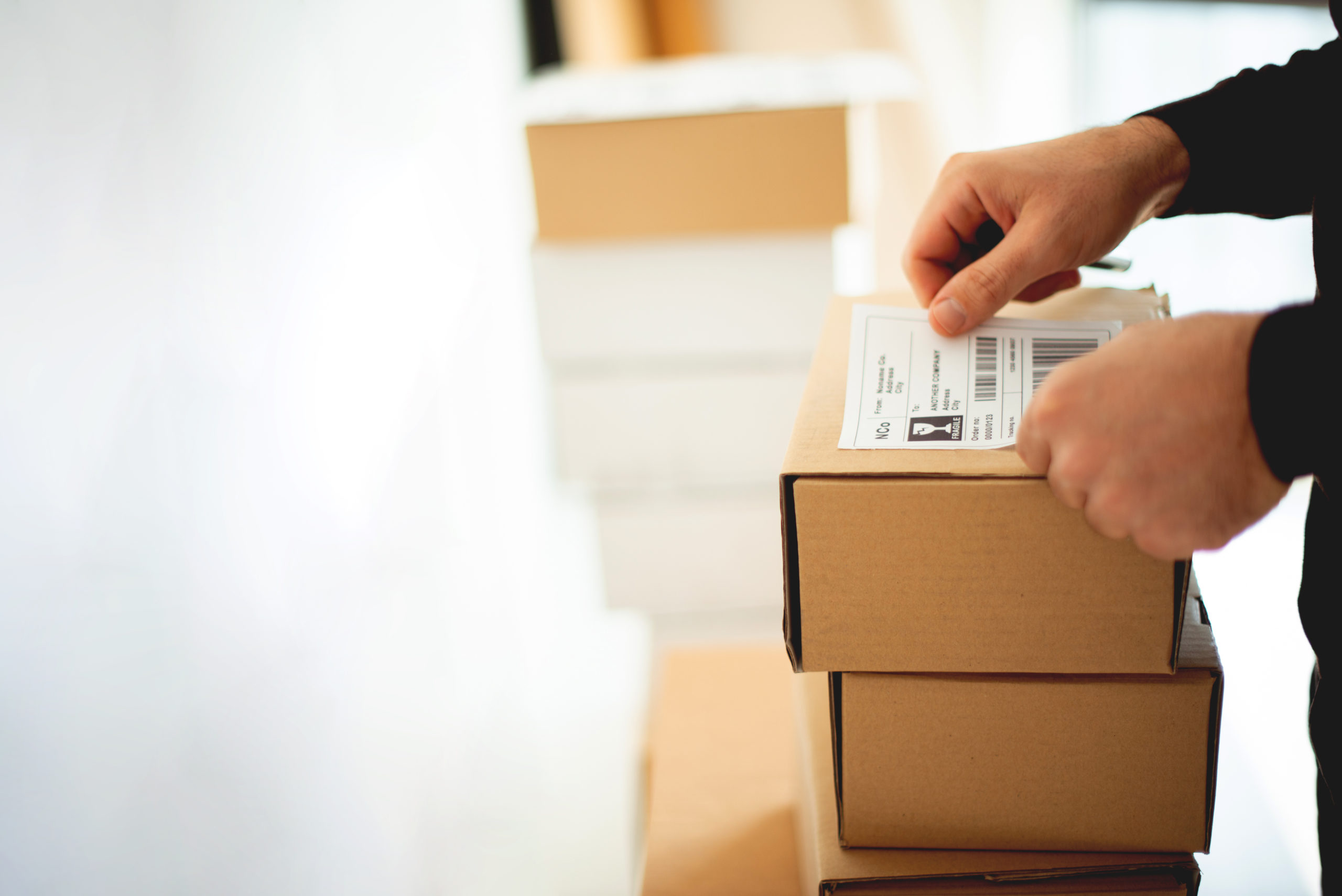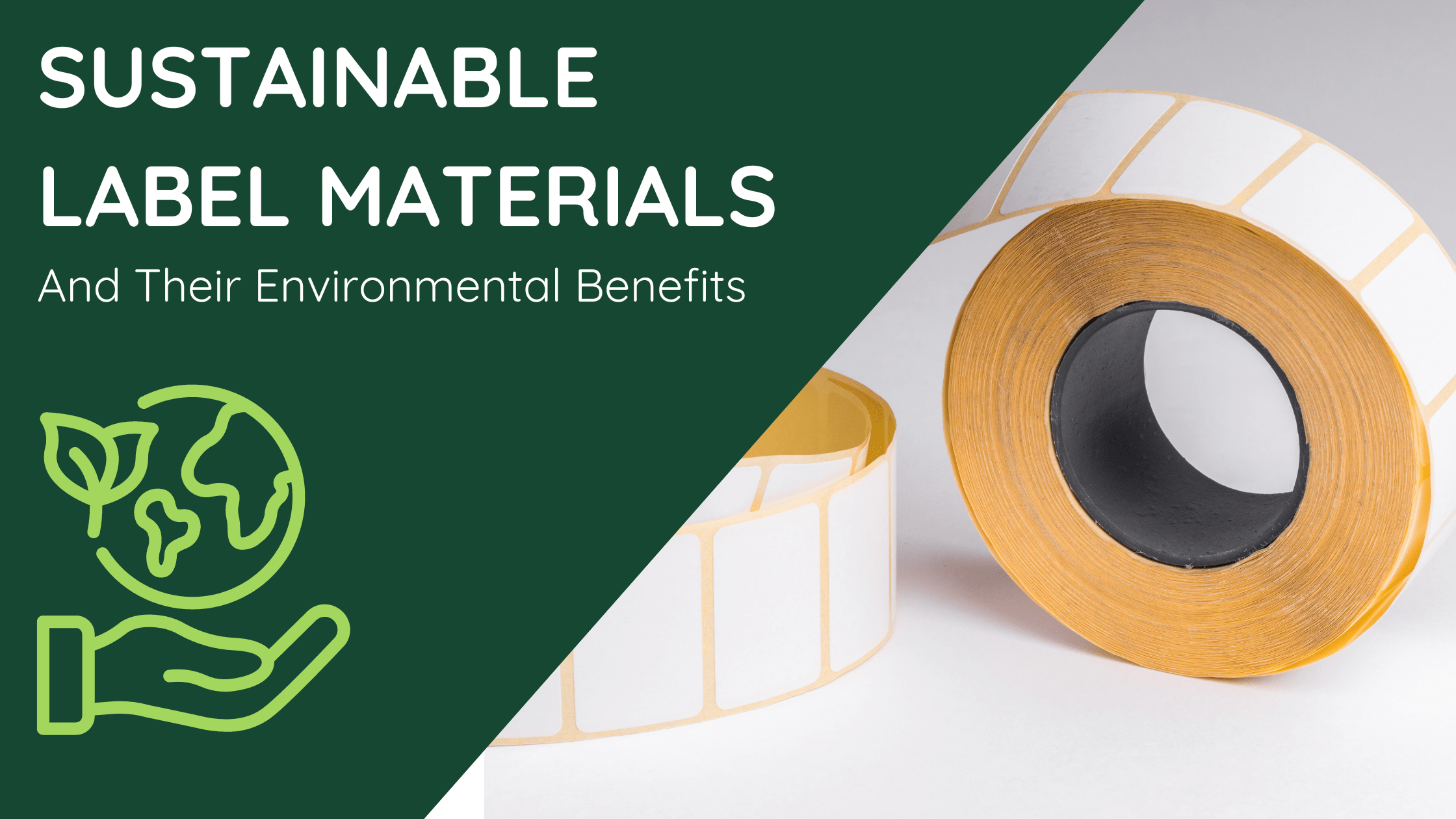When it comes to labelling products, packaging, or shipping materials, blank labels can be incredibly versatile. However, achieving a professional look requires more than just sticking a label onto a surface. Mistakes such as label misalignment, peeling, and smudging are common issues that can detract from the overall appearance of your products and even impact brand perception. At Labels Zoo, we specialize in integrated labels, sheet labels, and thermal labels, so we know how important it is to get label application right. Here are the most common mistakes to avoid when applying blank labels and how to prevent them for a polished, professional finish.
Misalignment
Misaligned labels are a common but frustrating issue that can make even high-quality labels appear unprofessional. Whether you’re labelling a product, a box, or a file folder, crooked labels immediately stand out in a negative way.
How to Avoid It:
- Use a Guide: When applying labels by hand, especially sheet labels, use a ruler or template to ensure the label is aligned perfectly.
- Label Applicators: For roll labels, consider using a label applicator machine. These devices can apply labels consistently and with precision, reducing human error.
- Start Slow: If you’re labelling by hand, peel only a small section of the backing paper first, ensuring alignment before applying the entire label.
Peeling or Curling
Peeling or curling edges can occur due to improper surface preparation, environmental conditions, or poor adhesive quality. Labels that start peeling off shortly after being applied not only look unprofessional but can also fail to deliver essential information, especially in packaging and shipping.
How to Avoid It:
- Surface Preparation: Ensure that the surface you’re labelling is clean, dry, and free of dust, oil, or other contaminants. A damp or greasy surface will weaken the label’s adhesive, causing it to peel.
- Smooth Application: Press the label down firmly across the entire surface to make sure the adhesive is fully engaged.
- Storage: Store your labels in a cool, dry place before use. Extreme heat or cold can affect the adhesive, leading to peeling after application.
- Quality Adhesive: At Labels Zoo, we offer a variety of label adhesives designed for different surfaces, whether you’re labelling paper, plastic, metal, or glass. Make sure to choose the correct adhesive for your specific application.
Smudging
If you print your own labels, smudging is a common issue that can ruin an otherwise perfectly applied label. This often happens when the ink doesn’t dry quickly enough or when the label material isn’t compatible with the ink type.
How to Avoid It:
- Choose the Right Label for Your Printer: Thermal labels from Labels Zoo are smudge-proof and ideal for printing barcode or shipping labels, ensuring a clean, professional look. If you’re using sheet labels, make sure they are compatible with your printer type (inkjet or laser).
- Allow Time to Dry: If you’re printing with inkjet labels, give the ink adequate time to dry before handling the labels.
- Avoid Excessive Ink: Over-saturating labels with too much ink can lead to smudging. Adjust your printer settings to use the appropriate amount of ink for your labels.
Air Bubbles
Air bubbles under a label can ruin the appearance and may even cause peeling over time.
How to Avoid It:
- Apply Slowly: When applying a label, start at one edge and slowly smooth it out as you move across to the other edge, pressing firmly to eliminate any trapped air.
- Use a Squeegee or Card: For larger labels, a tool like a squeegee or a plastic card can help push out air bubbles while applying the label.
Incompatible Surface
Not all labels are designed to stick to every surface. Some surfaces are too rough, greasy, or flexible for standard adhesive labels, causing them to fail.
How to Avoid It:
- Match the Label to the Surface: Labels Zoo offers various materials and adhesives to match your specific surface. Whether you’re labelling rough cardboard, glass jars, or glossy plastic, using the right label is crucial for long-lasting adhesion.
By avoiding these common mistakes, you can ensure that your blank labels look professional and stay in place. Labels Zoo is here to provide high-quality blank labels for all your needs, from roll labels to thermal labels, with adhesives suited to any surface. With the right techniques and products, you’ll achieve a polished finish every time!
Are you in need of effective labels? Contact us today to find out more.












